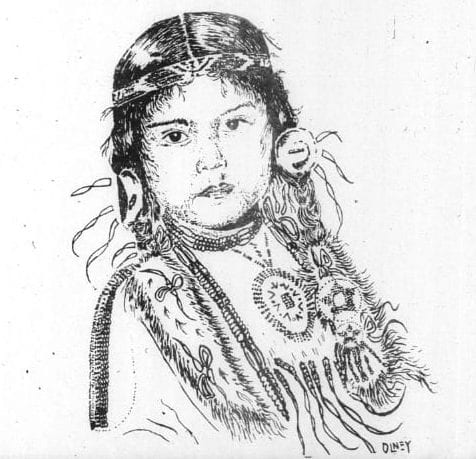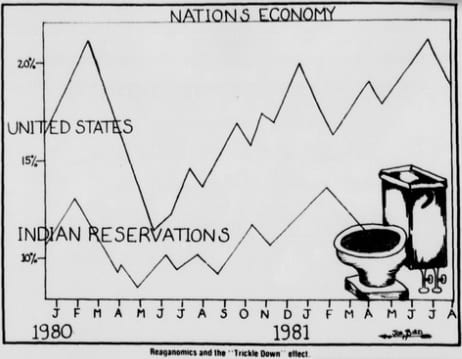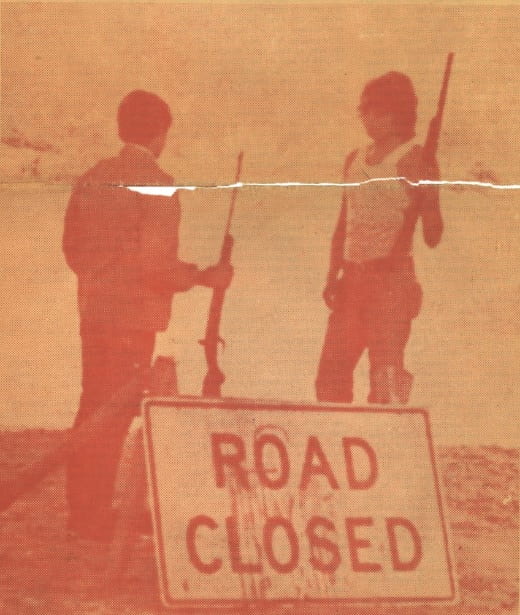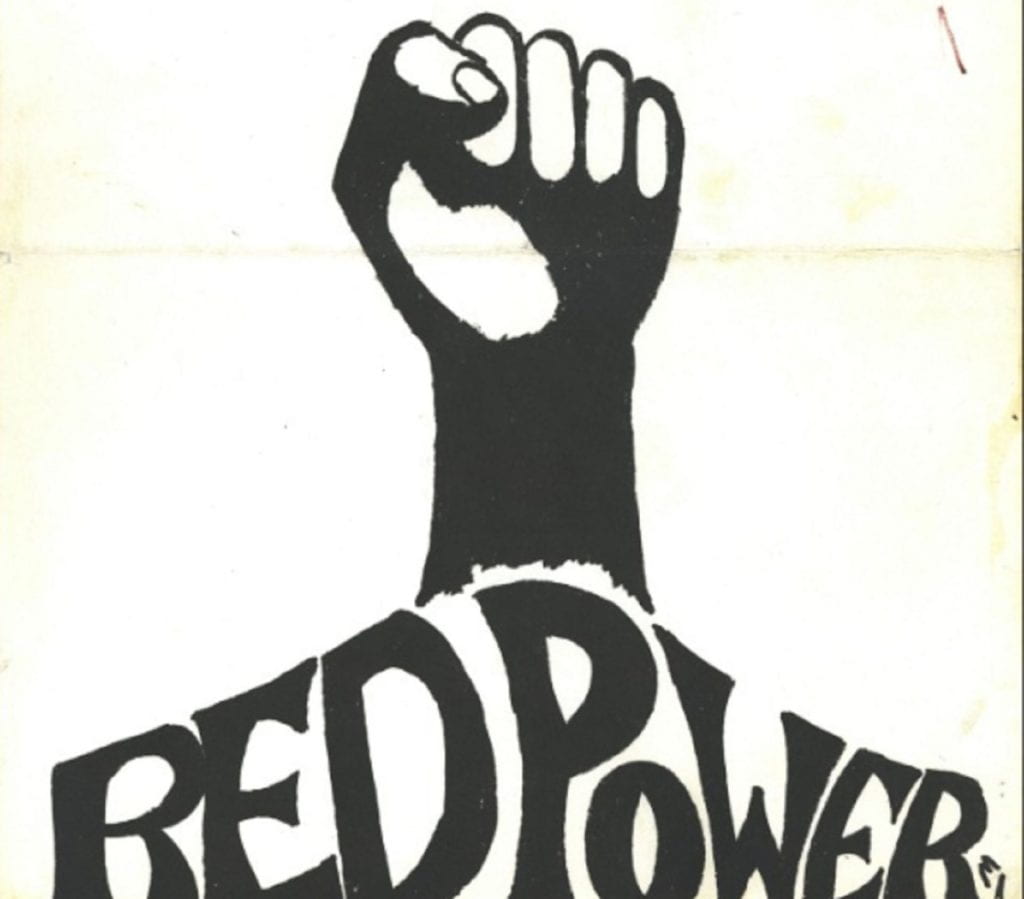We’re proud to support and celebrate indigenous peoples, offering a number of significant library databases delving deeply into Native American culture, history, and activism.
In addition to these resources, created by indigenous peoples as well as settler colonialists, colonizing governments, or non-Native scholars and creators, be sure to consult our Indigenous Studies Resources guide created by librarians Nicky Andrews and Matt Collins.

North American Indian Thought and Culture
Gathers together over 100,000 pages worth of documents, many of which are not otherwise readily available. Incorporating autobiographies, biographies, Indian publications, oral histories, personal writings, photographs, drawings, and audio files to present a comprehensive representation of historical events as told by the individuals who lived through them.

American Indians and the American West, 1809-1971
Contains historical collections of documents worth noting concerning the 19th Century focus on Native American Removal from 1832-1840, along with interactions between the U.S. Army and Native Americans during the 1850s-1890s, including detailed coverage of the “Indian Wars.” Collections from out the 20th Century include: Records of the Bureau of Indian Affairs along with records from the Major Council Meetings of American Indian Tribes.

Archives Unbound: Native American Studies
Provides a deep dive into the following five distinct sets of historical records drawn from a 200 year span of interaction between invasive colonizing forces and Native Americans.
This collection of almost 14,000 letters written by Presbyterian missionaries provides firsthand accounts of their attempts to impose a Christianized occidental code of conduct and manner of living upon native tribes.
Indian Trade in the Southeastern Spanish Borderlands: Papers of Panton, Leslie and Company
Comprised of more than 8,000 legal, political and diplomatic documents recording the trading business operations of Panton, Leslie & Co., established in British East Florida during the American Revolution. When Spain won title to both East and West Florida in 1783, the company was granted a virtual monopoly to trade with the region’s various Native American tribes.
War Department and Indian Affairs, 1800-1824
Prior to the establishment of the Bureau of Indian Affairs in 1824 all official U.S. Government interaction with Native Americans was officially conducted under the office of the Secretary of War. This collection gathers existing correspondence from the office of the War Department. Note: Documents from before 1800 were all lost in a fire.
Meriam Report on Indian Administration and the Survey of Conditions of the Indians in the U.S
This collection presents two early 20th century documents central to the U.S. Government’s understanding of the failure of its own Native American policies.
- Coming forty years after the Dawes Act (or General Allotment Act) of 1887 The Meriam Report cast a critical eye over the disaster wrought by the Act’s unfair allotment of land to tribes.
- Following the release of the Meriam Report in 1928 work began upon a Survey that lasted 15 years and totaled almost 20,000 pages, a 41-part report to the U.S. Senate Committee on Indian Affairs detailing the conditions of life and the effects of policies and programs enacted by the Bureau of Indian Affairs had upon Native Americans.
American Indian Movement and Native American Radicalism
This collection gathers FBI documentation relating to surveillance and disruption of activities taken up by the grassroots groundbreaking American Indian Movement (AIM) founded in 1968. AIM centered itself on direct action based upon principles of social justice.

Docuseek: Native American Heritage
Wide-ranging collection of films about Native Americans and First Nations peoples—history, spirituality, and the struggle to defend the environment, protect their traditions and cultures, and address the challenges of the 21st century.

Independent Voices: Native American
Open access collection of small press Native American publications, many arising from out of the Red Power Movement of the late 1960s on into the 1970s, centered upon sowing increased demand for greater educational and economic opportunities and true tribal sovereignty. NOTE: All the fantastic images used in this post come from this resource.
Note: as non-Natives we acknowledge these resources and content are presented as research in the Western sense of knowledge and do not utilize indigenous research methods.
Feature Image: “Shaman’s Wisdom” cropped from cover of “Myths and Techno-Fantasies” 1971.
